Rick Steves’ Europe: Little, little Liechtenstein
Two centuries ago, there were dozens of independent states in the part of Europe that was German-speaking. Today, there are only four: Germany, Austria, Switzerland ... and Liechtenstein.
I like the way tiny countries are defined so clearly by geography. Liechtenstein is a bowl in the mountains – high ridges on the east, milky baby Rhine River still giddy from its tumble out of the Alps running south to north on its west, and the stout and classic Gutenberg Castle guarding the entry to the valley on the south. About the size of Manhattan, Liechtenstein is truly landlocked: no seaport, no airport, not even a train station.
Rather than wandering past quaint half-timbered old buildings, you’ll walk in the shadow of shiny bank buildings and office parks. Europe’s tiny countries have historically offered businesses special tax and accounting incentives. For a place with such a small population (40,000), Liechtenstein hosts a lot of businesses.
And that’s how the Prince of Liechtenstein, whose 13th-century castle is perched fairy-tale style above his domain, likes it. The billionaire prince, who looks down on his 4-by-15-mile country, doesn't open his castle to the public. When I knocked on the door, the guard looked at me like I was nuts. But anyone can enjoy his views. And, for a price, you can enjoy a glass of local wine in his wine cellar.
The prince’s private equity-level wealth comes from exactly that. Before taking over the throne from his father, he transformed the family bank from a small business to a global financing group. Now, he’s one of Europe’s wealthiest heads of state, and arguably wields more real authority than any other royal in Europe. (But, ruling a country that has the population of Yankee Stadium on a slow day, he can’t do a lot with that power.)
Liechtenstein is made up of 11 villages. The village of Triesenberg, perched above the valley, gathers around its onion-domed church, which recalls the settlers who arrived here centuries ago from the western part of Switzerland. The town of Vaduz sits on the valley floor. While it has only 6,000 people, it’s the country’s capital. Its pedestrianized main drag is lined with modern art and hotels, and borders a district of slick office buildings. There’s so little of interest to tourists in Liechtenstein that souvenir shops stock as many books and postcards on Switzerland as they do on Liechtenstein.
The pint-sized national museum tells the story of the prince and his tiny country. Their family crest dates to the Middle Ages, when the House of Liechtenstein was close friends with the Habsburg family, who ruled the Holy Roman Empire. The House of Liechtenstein purchased this piece of real estate from the Holy Roman Emperor. In 1719, the domain was granted principality status – answering only to the Emperor. The Liechtenstein princes – who lived near Vienna – saw their new country merely as a status symbol, and didn't even bother to visit for decades. In fact, it wasn’t until the 20th century that the first Liechtenstein prince actually lived in Liechtenstein. Because of this, the most exciting sight associated with that family, the art-packed Liechtenstein City Palace, isn’t even in the country – it’s in Vienna.
In 1806, during the age of Napoleon, Liechtenstein’s obligations to the Habsburg Emperor disappeared and it was granted true independence. Later, after World War I, tough times forced the principality to enter an economic union with Switzerland. To this day, Swiss francs are the coin of the realm, most public transportation is on Swiss postal buses, and Liechtenstein enjoys a close working relationship with its Swiss neighbors.
Like Switzerland, a big part of the principality’s modern economy is tourism and sports – hosting visitors enjoying its dramatic natural beauty. Ski lifts, busy both in winter and summer, take nature-lovers to the dizzying ridge that serves as the border with Austria. To get here, take Liechtenstein’s longest road until it peters out in Malbun, a tiny mountain resort. Hop on a chair lift and you’ll soon be whisked up to a vantage point that makes you feel like the highest person in the land…because you just might be.
At the end of the day, I like to go west toward Switzerland, cross the Rhine, and snoop around to find the perfect vantage point from which to photograph a wide shot showing the entire country. All of little, little Liechtenstein faces west, so everything is in shade well into the morning – and bathed in fading light at the end of the day. From up here, I enjoy the rare experience of watching the sun set over a country I can tour quite thoroughly in a single day.
========
(Rick Steves (www.ricksteves.com) writes European guidebooks, hosts travel shows on public TV and radio, and organizes European tours. This column revisits some of Rick's favorite places over the past two decades. You can email Rick at rick@ricksteves.com and follow his blog on Facebook.)
©2025 Rick Steves. Distributed by Tribune Content Agency, LLC.
(c)2025 RICK STEVES DISTRIBUTED BY TRIBUNE MEDIA SERVICES, INC.
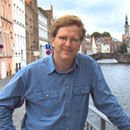
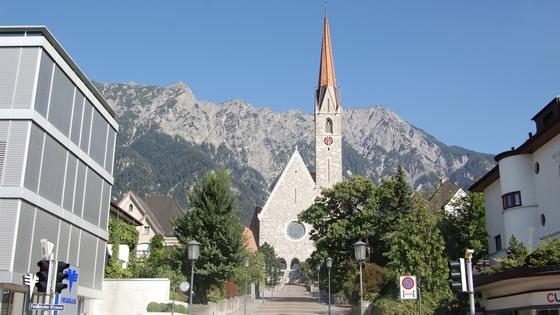
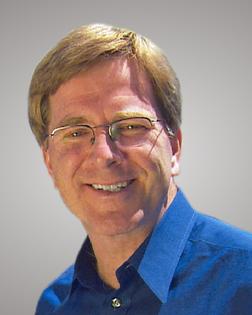


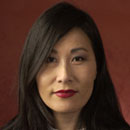
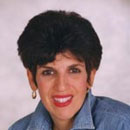
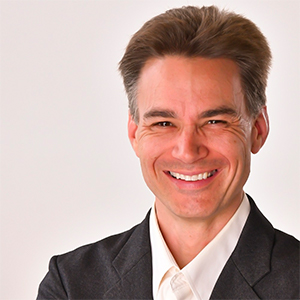
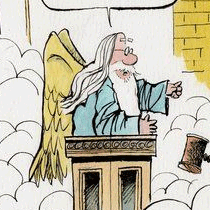
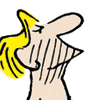

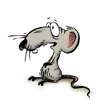

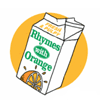
Comments